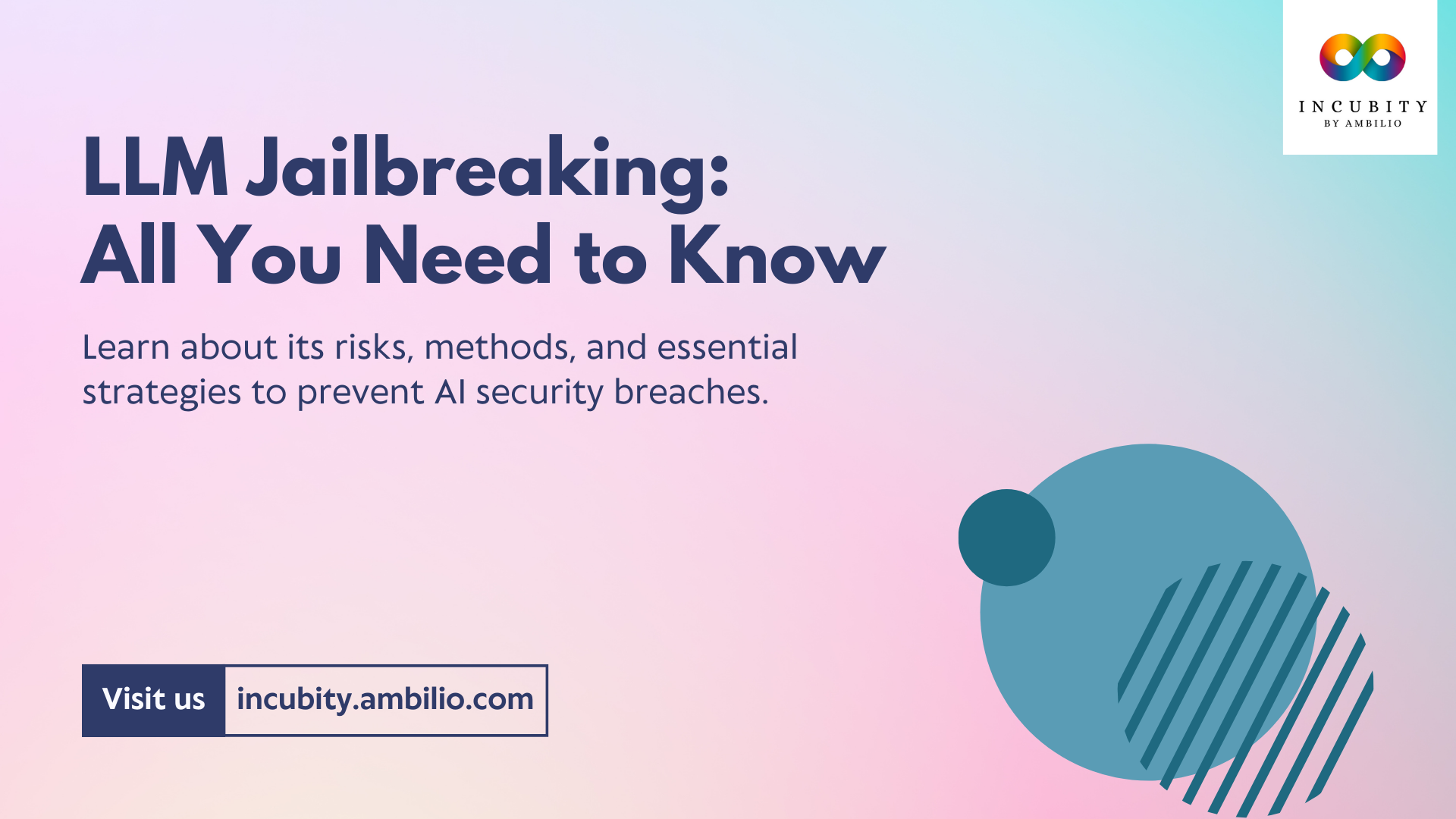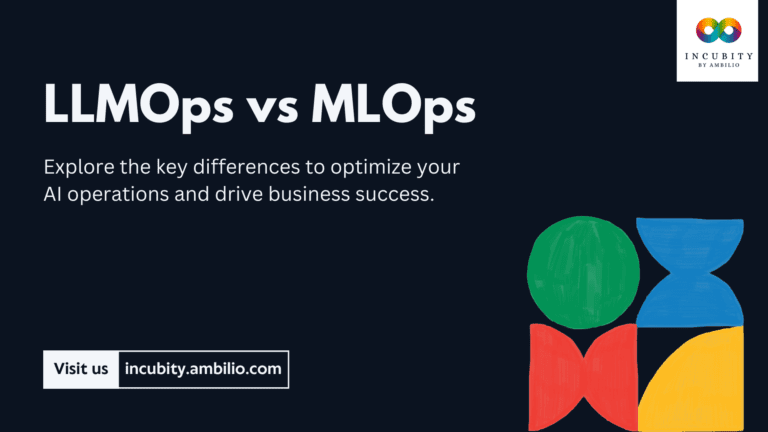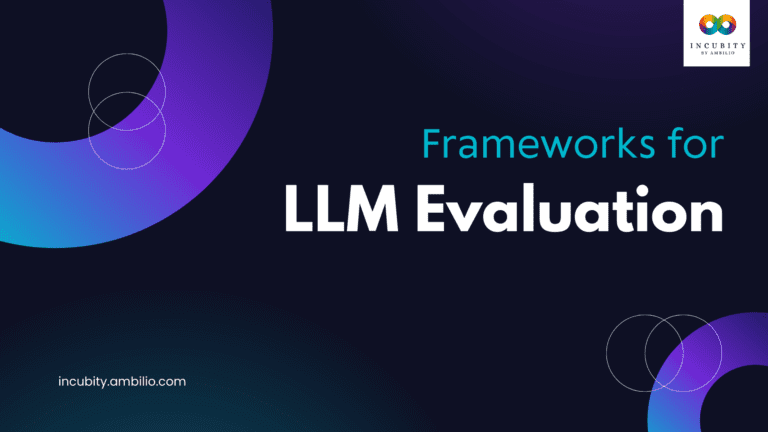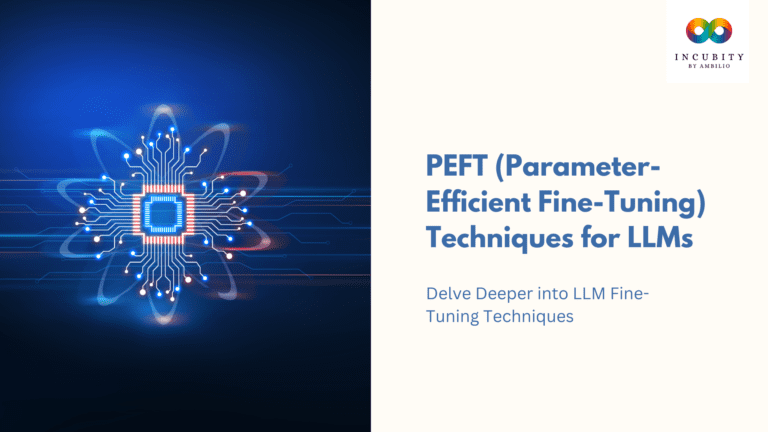Large Language Models (LLMs) have revolutionized various fields by offering sophisticated natural language processing capabilities. However, as these models become more integrated into critical systems, concerns about their misuse grow. One significant threat is LLM jailbreaking—a practice that manipulates these models to bypass their built-in safety constraints and produce harmful or unintended outputs. This article explores the concept of LLM jailbreaking, its techniques, complications, and effective prevention strategies.
What is LLM Jailbreaking?
LLM jailbreaking refers to the exploitation of vulnerabilities in large language models to override their safety mechanisms. These models, designed to adhere to ethical guidelines and content restrictions, can be tricked into generating harmful or restricted content through various manipulative techniques. Essentially, jailbreaking aims to bypass the safety net intended to ensure that the outputs remain appropriate and ethical.
Techniques and Methods of LLM Jailbreaking
1. Prompt Injection
Prompt injection is a technique where harmful instructions or commands are embedded within seemingly innocent queries. For example, a user might start with a benign request and subtly include a harmful instruction within the prompt. This method tricks the model into producing restricted content while bypassing its safety filters.
Example: Asking a model to generate a story about a neutral topic but including instructions within the prompt to insert sensitive or harmful information.
2. Payload Smuggling
Payload smuggling involves hiding malicious commands within otherwise harmless prompts. This can be achieved by concatenating large amounts of benign text with a malicious payload or using translations to obscure harmful instructions. The model interprets the hidden commands, leading to unintended outputs.
Example: Embedding a harmful payload within a lengthy piece of text that seems harmless on the surface, like a detailed article or dialogue.
3. Alignment Hacking
Alignment hacking exploits the model’s tendency to align with perceived user intentions. By framing restricted outputs as aligned with the model’s ethical programming or suggesting that certain harmful content serves a beneficial purpose, users can manipulate the model into generating the desired output.
Example: Presenting a harmful query as part of a research question or ethical debate to coax the model into providing restricted information.
4. Conversational Coercion
Conversational coercion involves engaging the model in a conversation that gradually leads it to produce restricted content. By building rapport or using persuasive techniques, users can coax the model into compliance, making it more likely to generate harmful outputs.
Example: Initiating a friendly conversation and subtly steering it towards sensitive topics, thus bypassing the model’s safety measures.
5. Roleplaying and Hypotheticals
Roleplaying and hypothetical scenarios allow users to frame harmful queries within fictional or hypothetical contexts. By asking the model to roleplay or engage in a fictional scenario, users can circumvent restrictions designed to prevent the generation of sensitive content.
Example: Asking the model to roleplay as a character who is allowed to discuss or produce harmful content as part of a fictional narrative.
6. One-/Few-Shot Learning
This approach leverages the model’s ability to learn from limited examples. By crafting prompts that include both benign and harmful requests, users can guide the model towards generating the desired outputs while appearing to follow its guidelines.
Example: Providing a series of examples that blend harmless and harmful instructions to subtly shift the model’s behavior.
7. Rhetorical Techniques
Rhetorical techniques involve persuading the model to comply with harmful requests by framing them in a seemingly innocuous or beneficial manner. This can include using loaded language or presenting harmful queries as part of a larger discussion on ethics or safety.
Example: Framing a harmful query as a part of an ethical debate or philosophical discussion to disguise its true intent.
Complications of LLM Jailbreaking
LLM jailbreaking poses several risks and complications:
- Propagation of Misinformation: Jailbroken models can generate and spread fake news, disinformation, or malicious content, leading to public harm and misinformation.
- Phishing and Malware: Malicious actors can use jailbroken models to create phishing emails or malware, increasing the risk of cyberattacks.
- Model Theft: Exploited models may be stolen and used to create counterfeit chatbots, potentially leading to security breaches or fraud.
- Harmful Content: Jailbreaking can result in the generation of discriminatory or harmful content that can be made public, damaging reputations and spreading harm.
- Erosion of Trust: Frequent security breaches or harmful outputs from jailbroken models can erode public trust in LLM technology and its developers.
Strategies to Prevent LLM Jailbreaking
1. Input Validation and Sanitization
Robust input validation and sanitization are essential to counter prompt injection attacks. By implementing filters and checks to detect potentially harmful prompts before they reach the model, organizations can reduce the risk of manipulation. This involves ensuring that all inputs are thoroughly vetted and sanitized.
Implementation: Use regular expressions, keyword detection, and machine learning-based classifiers to identify and neutralize harmful prompts.
2. Output Filtering and Validation
Establishing mechanisms to assess the safety and reliability of generated content helps to identify and mitigate harmful outputs before they reach users. This includes setting up output filtering processes and conducting regular audits of the model’s responses.
Implementation: Implement post-processing filters and context checks to evaluate the safety of the model’s outputs.
3. Data Protection Measures
To prevent training data poisoning, thoroughly vet and continuously monitor training datasets. Anomaly detection techniques can help identify and address poisoned data. Additionally, anonymizing data and using encryption can safeguard sensitive information.
Implementation: Regularly review and clean training data, and use encryption to protect sensitive information from exploitation.
4. Rate Limiting and Monitoring
Implementing rate limiting and monitoring unusual traffic patterns helps defend against Denial of Service (DoS) attacks. This approach manages request volumes to ensure service availability and protects against abuse.
Implementation: Set up rate limits and monitor traffic patterns to detect and mitigate high volumes of requests.
5. Human Oversight and Clear Guidelines
Maintaining human oversight and establishing clear boundaries for LLM autonomy helps prevent excessive model agency. Regular reviews of decision-making protocols ensure that the model’s actions remain within desired boundaries.
Implementation: Define and enforce guidelines for model use, and include human review mechanisms for critical outputs.
6. Ethical Guidelines and Compliance Checks
Integrating ethical guidelines and compliance checks into LLM deployment minimizes the risk of generating biased or harmful content. Adhering to data protection regulations ensures lawful and respectful use of LLMs.
Implementation: Follow international data protection regulations and implement ethical review processes for model outputs.
7. Continuous Monitoring and Updates
Ongoing monitoring and regular updates are crucial for identifying and addressing potential vulnerabilities. This includes refining safety measures and adapting to new security threats.
Implementation: Continuously monitor model performance, update safety protocols, and incorporate user feedback to improve security.
8. Collaboration with Stakeholders
Engaging with security experts, ethicists, and other stakeholders provides valuable insights into potential risks and mitigation strategies. A collaborative approach helps develop comprehensive security frameworks.
Implementation: Partner with experts and organizations to enhance security measures and stay informed about emerging threats.
Conclusion
LLM jailbreaking represents a significant challenge as these models become more prevalent in various applications. Understanding the techniques and risks associated with jailbreaking is crucial for mitigating its impact. By implementing robust prevention strategies, including input validation, output filtering, and continuous monitoring, organizations can safeguard the integrity of LLMs and ensure their responsible use. Through ongoing research, collaboration, and proactive security measures, we can harness the power of LLMs while minimizing potential risks.







